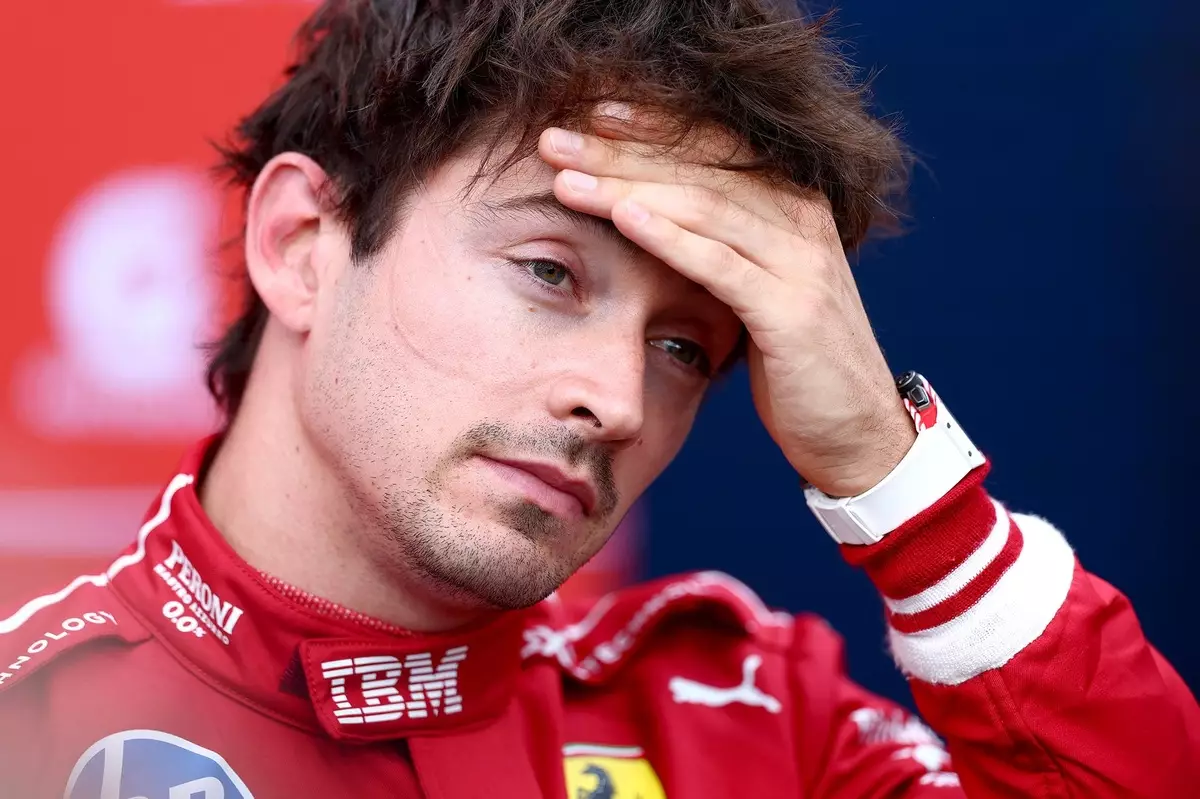In the relentless world of Formula 1, Ferrari’s recent performances epitomize a team caught in the perpetual struggle between aspiration and tangible results. Despite mounting investments in aerodynamic upgrades and technical enhancements, the team’s on-track performance continues to fall short of expectations. This disconnect highlights a broader issue that many teams face: innovation alone cannot guarantee competitive superiority. It’s a stark reminder that in F1, advancements must translate seamlessly into race-day dominance—a feat Ferrari has yet to master this season. The pattern of flashy upgrades failing to bring about a corresponding leap in competitiveness exposes the perils of overestimating technological solutions without addressing core issues of chassis balance, power unit performance, or aerodynamic efficiency.
The Illusory Power of Upgrades and the Cost of Complacency
Ferrari’s recent upgrade package, which included a new underfloor and rear suspension geometry, presents an interesting case of technological optimism. Engineers poured effort into circuit-specific modifications, aiming to optimize downforce and reduce drag. Yet, the results tell a different story. The upgrades remain incremental rather than revolutionary, offering only subtle gains at best. Such marginal improvements expose a dangerous complacency—assuming that continuous iteration on existing designs will be enough to topple Red Bull or Mercedes. Instead of inspiring confidence, these upgrades underscore the team’s static performance level, revealing that in many moments, Ferrari is still working from a deficit rather than a position of strength.
The Psychological Toll of Frustration and the Search for Answers
For drivers like Charles Leclerc and Lewis Hamilton, the recent races have been a test of resilience. Leclerc’s disappointment post-Belgian sprint reveals a chassis that, while seemingly well-set-up, struggles against superior opposition. His acknowledgment of “learning” from the race, yet the admission that the car isn’t comparable to Red Bull or McLaren, illustrates a team grappling with self-awareness amid a competitive crisis. Hamilton’s reflection on his race and the upgrade’s impact further illuminates the internal confusion within Mercedes’ camp. Despite moving forward in the race, he recognized the limitations posed by a DRS train and the overall package. Both drivers’ comments expose a deeper truth: the pursuit of performance in F1 is not just mechanical but mental. The mental stamina required to push through setbacks becomes even more critical when the hardware itself hampers progress.
The Mysteries Surrounding Development and the Significance of Clarity
One particularly intriguing aspect of the article involves the ambiguity surrounding Ferrari’s recent upgrades. The team’s silence on declaring certain modifications hints at the complex regulatory landscape and the strategic opacity in F1 development. Lewis Hamilton’s confusion about whether his upgrades corresponded to changes since Montreal underscores how dense and convoluted the documentation process has become. The challenge for teams now isn’t just engineering excellence but also effective communication and strategic planning. When drivers and teams are unsure about what modifications truly impact performance, their ability to adapt and optimize is compromised. This ambiguity can lead to misaligned expectations, frustration, and ultimately, a loss of confidence in the engineering process.
The Broader Implication: Innovation Without Elevation
Ferrari’s ongoing saga emphasizes an essential lesson about the nature of technological progress in high-stakes sports. It’s insufficient to make continuous incremental improvements; the true mark of a top team lies in their capacity to innovate radically and execute flawlessly under pressure. As the season progresses, it becomes increasingly clear that Ferrari’s challenges are emblematic of a deeper strategic shortfall—relying on upgrades that yield diminishing returns while their rivals continue to push the limits of engineering and strategy. The team’s ability to break free from this cycle depends on not just technical ingenuity but also clarity of purpose, relentless testing, and a willingness to overhaul their approach entirely if necessary.
In the era of Formula 1 where margins are razor-thin and technology is advancing rapidly, Ferrari’s predicament highlights a sobering reality: without decisive innovation and strategic clarity, even the most ambitious plans risk remaining unfulfilled. Their ongoing struggle is a poignant reminder that in racing, as in life, persistence paired with unwavering clarity of vision is the true path toward glory.


Leave a Reply